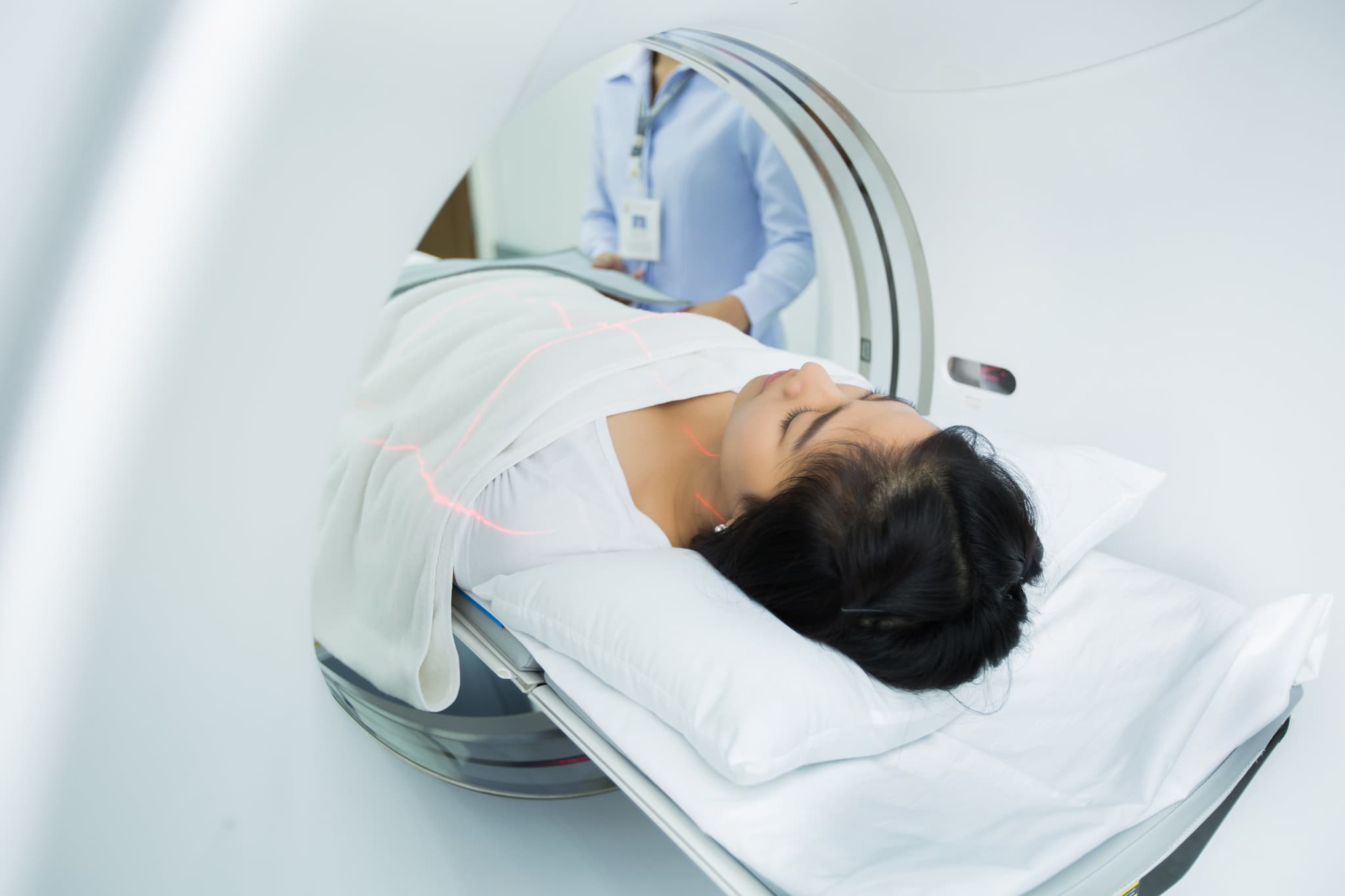
2021-10-27T16:18:53
Why your Next Clinical Breast Exam Should Include a 3D Mammogram
- Cancer Center
- Imaging
December 12, 2017 | Imaging • Radiology
Specialties:Imaging • Radiology

Epidural steroid injections (ESIs) have been used since the 1950s for many forms of low back pain and leg pain. The spine is made up of bones called vertebrae, with discs in between that allow the spine to be flexible, and many people suffer from disease or other problems related to the spine and discs. An image-guided lumbar epidural corticosteroid injection can help improve flexibility and reduce pain in this area.
This procedure involves the accurate placement of a thin needle into the spine, with assistance from computed tomography (CT) or X-ray images to inject a form of steroid, and often a long-acting anesthetic.
The most common reason for this procedure is severe or chronic back pain, which often extends down into the leg or buttocks on one or both sides, and could be related to aging or arthritis. It’s not recommended for back pain from other causes such as cancer or infection. They may also be recommended for a recurrence of back pain after surgery. In some cases it’s used just to reduce back pain; in others, it is an effective treatment to eliminate or delay the need for back surgery.
Before getting an ESI, be sure you have taken proper steps to prepare:
The steps of the injection will go as follows:
The procedure should take no more than 15 to 20 minutes, though it can take longer if X-ray imaging is used instead of CT imaging. Full recovery, including leg function, bladder function, and blood pressure normalization, generally takes between 30 minutes and an hour. Overall, you should allow four hours between when you arrive at the practice and when you’ll be able to leave – you won’t be allowed to leave until leg function, bladder function and blood pressure are normal and you’re able to walk without feeling dizzy.
Feel free to ask your doctor or clinic for a written report on your procedure, or check the Follow My Health patient portal 72 hours after your procedure to view the report. This can be provided to your doctor for future reference.
As noted above, you may feel temporary side effects related to blood pressure, leg numbness or bladder function. Other risks of an image-guided lumbar epidural corticosteroid injection include:
Revere Health Imaging offers the most advanced imaging technology in Utah Valley with convenient locations and reduced-cost exams. We even offer our imaging services at night for your convenience. Contact us today at 801-812-4624 for an appointment!
Sources:
“Image Guided Lumbar Epidural Corticosteroid Injection.” Inside Radiology. https://www.insideradiology.com.au/ig-lumbar-epidural/
“Lumbar Epidural Steroid Injections for Low Back Pain and Sciatica.” Spine-Health.com. https://www.spine-health.com/treatment/injections/lumbar-epidural-steroid-injections-low-back-pain-and-sciatica
WRITTEN BY:
The Live Better Team

2021-10-27T16:18:53

2019-10-15T16:28:57

2019-06-06T10:36:51

2019-04-22T16:29:21
This information is not intended to replace the advice of a medical professional. You should always consult your doctor before making decisions about your health.